Sarah Burwash’s drawings feel like strange, hauntingly beautiful lucid dreams—A flock of birds tug at the flowing dark hair of a naked young woman; moths flutter around a cluster of lanterns, floating gracefully to their death; and a woman dozes off lazily in a snake-filled garden. Much of her work explores our relationship to the natural world, whether she’s capturing the struggle of pioneer women, intentionally getting herself lost in the woods or depicting an interior landscape upon which humans and their natural foes co-exist in harmony. Drawing from her explorations, memory and the otherworldly paths of her imagination, Burwash’s work leads us into a world that’s at once nostalgic and foreign.
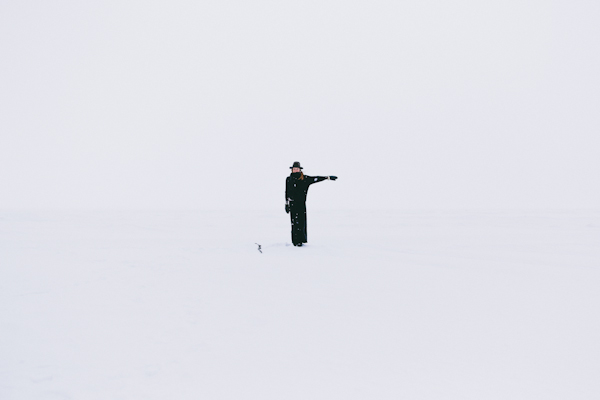
Sarah Burwash, Still from Finding Way, residency at Wilderness State Park, 2013. Photo: Carson Davis Brown
LIZZY HILL: What moves you to explore our relationship with nature in an age when many people are probably better acquainted with their computer screens?
SARAH BURWASH: I feel like more now then ever we need to become intimate with nature, to care for it, respect it and learn from it. I want to draw attention to out-of-touch relationships with the nature natural world and how that reflects in our emotional lives. For me nature is a very healing and soulful place and I go to it when I need to gain perspective so it is a natural subject matter for me to use, it provides me a huge visual vocabulary to tell my stories.
LH: You created a series of drawings for Visual Arts News while doing an artist residency in Norway. What was that experience like and how did it influence your practice?
SB: I had a great experience in Norway. The residency was set on a remote farm in Suldal, in the southwestern part of Norway. I was provided with a farm house in the hills to live and work in. The farm has no road leading to it and I had to hike up the mountainside to reach it. It was very remote. I could go days without seeing anyone, just the sheep roaming the hills. There was no internet either, life became very simplified—stoking the fire, hiking the hills and making work. I was joined by Brenna Phillips two weeks into the residency which really enriched the experience. My research and source material for the work I created came from the surroundings and my experience exploring the area rather then the internet, which is an easy default for source material. I have Norwegian heritage so I was really thrilled to connect with that.
LH: Has making art always been part of your life?
Yes it has. I grew up with a very creative mom who had me and my brothers making arts and crafts everyday and from a young age I was set on being an artist when I grew up. I grew up in a small town in BC in the mountains and spent a lot of my youth hiking the hills and at our family cabin where I would sketch and draw. I turned our childhood tree fort into a studio when I was a teenager.
LH: Your book The Far Woods was recently touring across Canada with Conundrum Press and features striking, dreamlike illustrations inspired by Canadian pioneer women and explorers. What is it about this subject matter that caught your attention?
SB: The roots of my interest in this subject matter goes back to when I was a young teenager. I grew up with two brothers, which I feel has impacted my practice a lot and the role models I turn to. At times I felt excluded because I was the girl, and so from young age I fought to be treated equally, to be included, to not let my gender restrict me. For awhile my approach was to be really masculine (I became a huge tomboy) but I realized after a while that that approach wasn’t right way to go about it, and so I turned to books and stories of women who where subversive to be my role models and empower me.
LH: I loved the ink drawing you created for our Spring 2014 issue, “Mother of Life.” Can you tell me a little bit about what inspired this work?
I did a residency in Paonia, Colorado in 2012 and while there ended up attending a Women’s New Moon Group, a monthly gathering of women who made a ritual that celebrates the moon cycles and women and things like this. They had a binder where they collected things related to the Moon Group and in it I found an image titled ‘Goddess of Life’ and it was the source of inspiration for this drawing, I made my own version of it. For me it is about mother nature, creation, cycles.
LH: In your recent residency with the floating group Cabin-Time you had the opportunity to get lost in Wilderness State Park and as a result created your body of work, Finding Way. What’s your own relationship with nature like? How did you feel once you were lost?
SB: Wilderness State Park offered the opportunity to explore the beyond and to get lost in that exploration. Getting lost is more than a physical circumstance, it is a state of mind, a gateway to discovery. I set out daily in different directions, East, South, West and North, meditating on mantras to invoke the different directional signs and elements, and lost myself in subtle nuances of the natural world with a compass to guide me home. I feel really comfortable in nature, I grew up immersed in it—it’s maybe where I feel most comfortable and most myself and I really love to explore nature independently. I also like to test my navigational skills and resourcefulness in the woods and to challenge myself to trust myself, my knowledge and my instincts. It was when I became lost that I knew I had arrived.
LH: What’s next on the horizon for you? Any exciting new projects or ideas you’d like to let us in on?
I am currently doing a thematic residency at the Banff Centre called “Winterjourney.” I have a solo show at UAS Gallery in Calgary this spring and am exhibiting with AKA artist-run centre in Saskatoon through their billboard project. I will be doing a residency at Point Pleasant Park in the Gatekeepers Lodge this spring and a residency at Struts Gallery this summer.

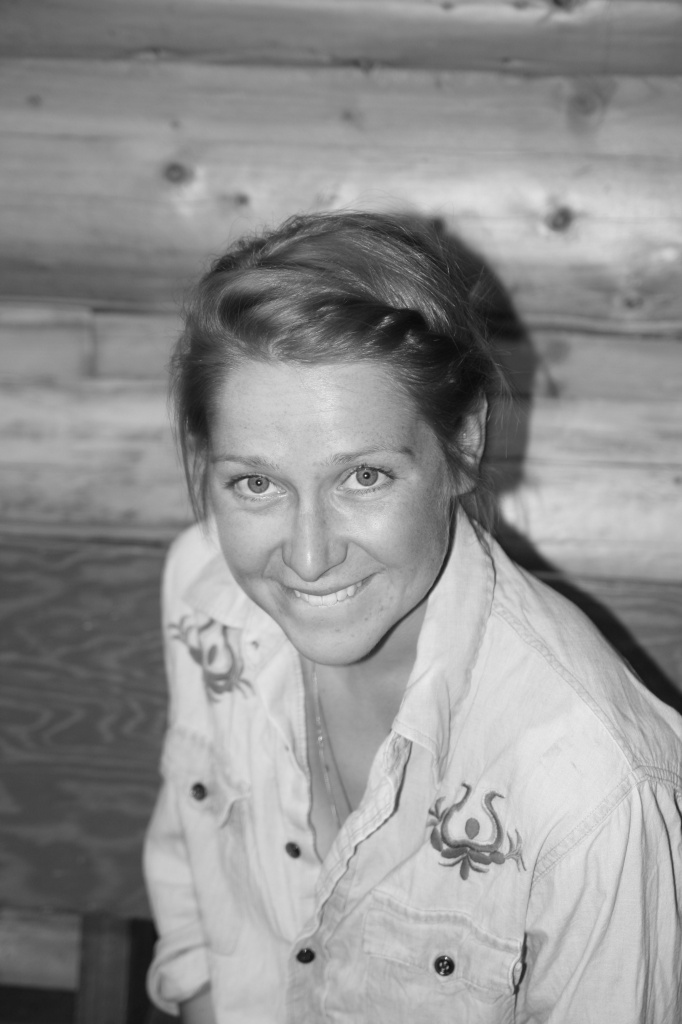
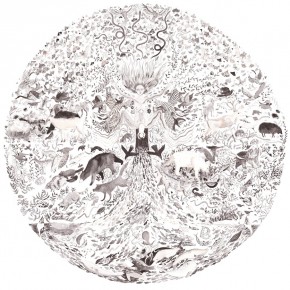
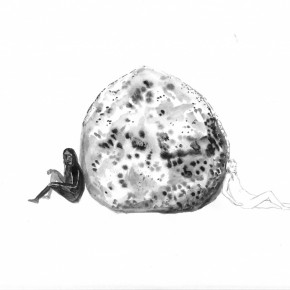
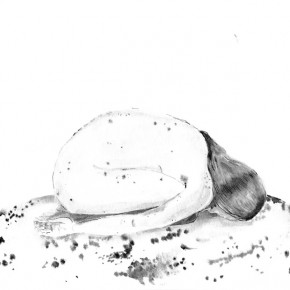
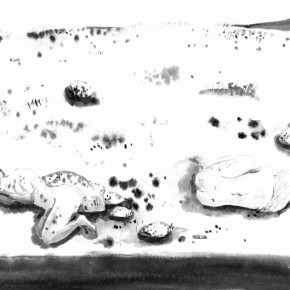
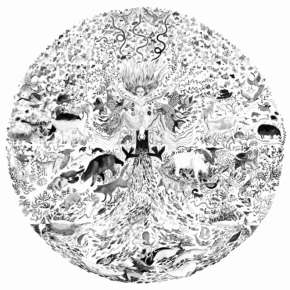
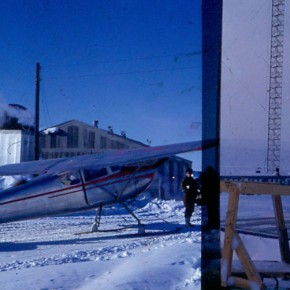
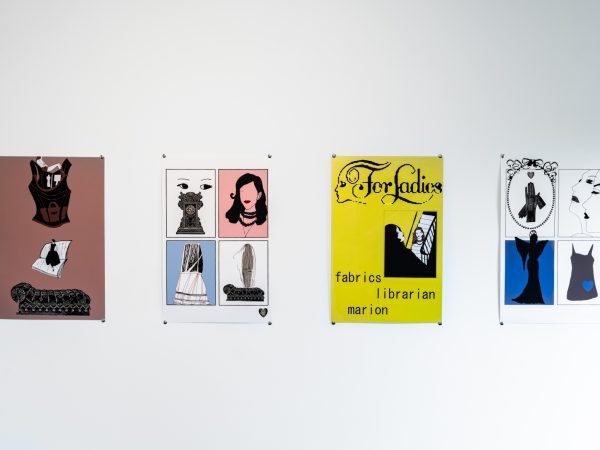
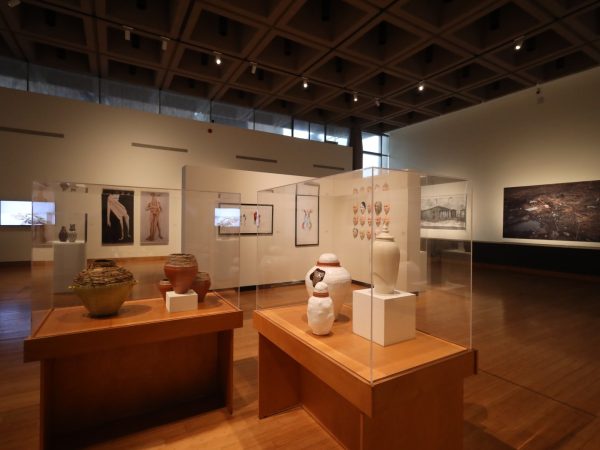


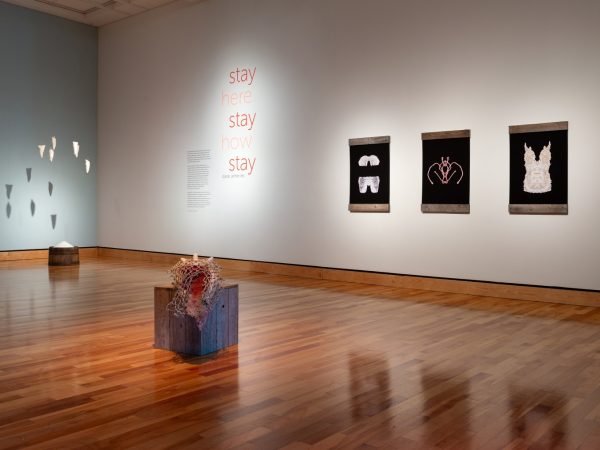
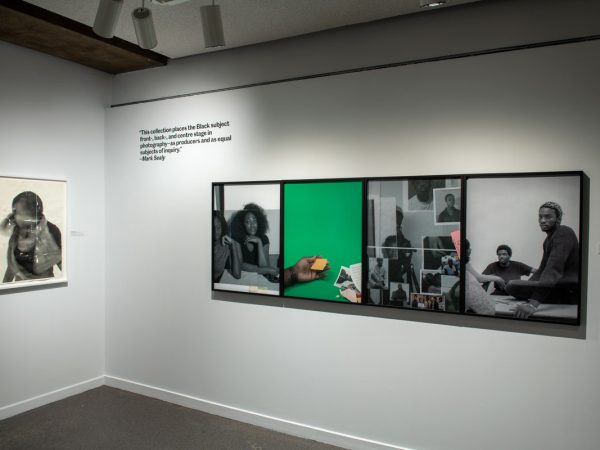







Leave a Reply